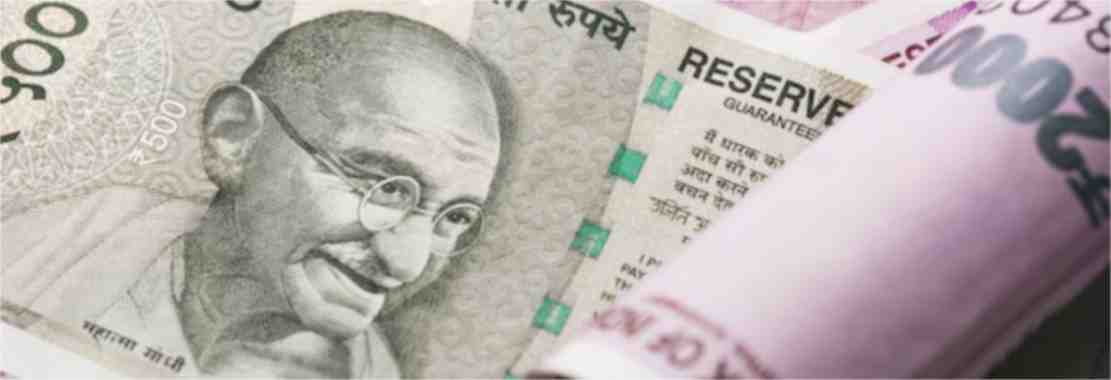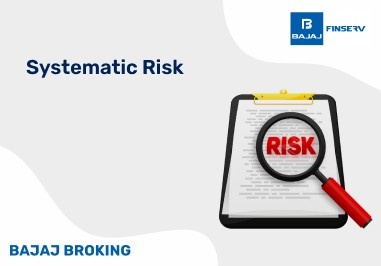BAJAJ BROKING
PDP Shipping & Projects IPO is Open!
Open a Free Demat Account
Trade Now, Pay Later with up to 4x
Track Market Movers Instantly
Budget 2025: All You Need to Know
The Union Budget 2025-26, presented on February 1, 2025, outlines a strategic roadmap for India's progress toward ‘Viksit Bharat’ (Developed India). This budget focuses on key sectors while introducing major initiatives aimed at accelerating economic growth, promoting social welfare, and ensuring sustainable development.
Let’s simplify it for you, because with Bajaj Broking, #BudgetSimpleHai!
Key Highlights from the Union Budget 2025
Personal Income Tax: NIL tax up to ₹12 lakh under the new regime.
New Income Tax Bill: To be introduced next week for simplification and litigation reduction.
TDS & TCS Reforms:
TDS threshold on rent increased to ₹6 lakh per annum (earlier ₹4.2 lakh).
TCS on education remittance removed if funded through a loan.
Threshold for TCS on remittances under LRS increased to ₹10 lakh (from ₹7 lakh).
PM Awas Yojana (Urban & Rural): Continued push for affordable housing.
Employment & Skilling Initiatives:
Atal Tinkering Labs to be set up in government schools over the next five years.
Capacity expansion in IITs, with increased hostel & infrastructure facilities.
10,000 new medical college seats to be added.
Women, Farmers, and Poor:
Garib (Poor), Yuva (Youth), Annadata (Farmers), and Nari (Women) remain central focus areas.
₹1.5 lakh crore interest-free loans to states for infrastructure & social sector spending.
Tourism & Cultural Initiatives:
Development of India's top 50 tourist destinations as global attractions.
E-visas extended for medical tourism to boost healthcare travel.
Agriculture & Rural Development:
Crop diversification, irrigation, and post-harvest storage support for 1.7 crore farmers.
Expansion of the Edible Oil Mission & Pulses initiative.
Enhanced credit access for micro-enterprises via customized credit cards.
Budget Theme: Five Key Priorities
The Finance Minister has outlined five key priorities for Budget 2025-26:
Accelerating Growth – Strengthening infrastructure, technology, and industry-led growth.
Inclusive Development – Expanding welfare schemes, rural employment, and access to essential services.
Private Sector Investments – Creating a business-friendly environment through tax and regulatory reforms.
Uplifting Household Sentiments – Encouraging disposable income growth through tax relief and economic stability.
Enhancing the Spending Power of India's Rising Middle-Class – Supporting policies that boost consumption, savings, and affordability.
Employment & Skilling
MSMEs as Growth Engines: MSMEs, responsible for 45% of India’s exports, will receive enhanced classification limits to support growth.
Customised Credit Cards for Micro Enterprises: The government will introduce tailored credit access for micro businesses, fostering entrepreneurship.
Atal Tinkering Labs: To be set up in government schools over the next five years, enhancing innovation-driven learning.
Expansion of IIT Capacity: Infrastructure and hostel facilities in IIT Patna to be expanded, along with overall capacity growth in technical education institutions.
10,000 New Medical Seats: Strengthening the healthcare sector’s workforce by adding medical seats to colleges across India.
Inclusive Human Resource Development and Social Justice
Saksham Anganwadi & Poshan 2.0: The initiative aims to provide nutritional and developmental support to 8 crore children.
Regional Language Textbooks: A focus on regional language educational material, benefiting institutions and students nationwide.
Healthcare Benefits:
36 life-saving drugs added to the exempted customs duty list.
Concessional customs duty on six essential medicines.
Full exemption and concessional duty on bulk drugs used for key medicines.
Expansion of medical tourism via e-visa facilities.
Boost in affordable and specialized healthcare through Apollo and Fortis.
Manufacturing & Services
Investment as the Third Engine of Growth: The government prioritizes investment-led economic expansion.
Edible Oil and Pulses Initiative: Patanjali Foods and Adani Wilmar to benefit from the focused development of the Edible Oil Mission.
Clean Technology Push:
Support for solar cell manufacturing.
Boost for EV battery production and motor-controller technology.
Positive implications for Exide, Amara Raja, Sona, and Uno Minda.
Mining Sector Reforms:
New policy for critical minerals development.
Duty exemption on 12 more critical minerals.
Shipbuilding Focus:
Special zones and ecosystems for cost reduction.
10-year duty exemption on shipping, supporting Mazdock, SCI, Cochin, and GE Shipping.
Urban Development
Infrastructure Development Through PPP Mode: Ministries to promote projects via Public-Private Partnership.
India Post Transformation: India Post’s shift into a logistics company, positively impacting digital and logistical networks.
Tourism Boost:
Development of top 50 tourist destinations.
Hotel stocks like Lemon Tree and ITDC expected to benefit.
Expansion of Air Connectivity:
120 new airports planned under regional air connectivity initiatives.
Greenfield airports under the Udaan connectivity scheme.
Beneficial for Indigo, GMR, and SpiceJet.
Energy Security
Power Sector Reforms:
₹100 billion allocation in FY26 for urban development.
Expansion of energy transmission and nuclear energy.
Support for REC, IREDA, NTPC, and Tata Power.
Nuclear Energy Expansion:
5 indigenously developed small reactors to be operational by 2033.
Plans to develop 100 gigawatts of nuclear energy by 2027.
Walchandnagar, NTPC, Power Mech, and BHEL to benefit.
Jal Jeevan Mission: Extended till 2028 to ensure 100% water supply coverage.
Infrastructure Development
50-Year Interest-Free Loans for States:
₹1.5 lakh crore allocated to states for capex and infrastructure projects.
Positive impact on construction and development-linked sectors.
Dedicated Support for Pipe and Water Treatment Stocks:
Boost for Welspun, Vatech, EMS, VPRPL, and Ion Exchange.
Expansion of water treatment and supply infrastructure.
Innovation, Research & Development
AI-Driven Education Initiatives:
Establishment of 3 Centres of Excellence for AI in education with ₹500 crore outlay.
Ease of Doing Business Reforms:
Committee established to review and enhance regulatory frameworks.
Speedy approvals for company mergers and business expansions.
Fiscal Reforms:
Plans to introduce a new income tax bill focusing on simplification.
"Trust First, Scrutinize Later" approach to tax compliance.
Expansion of self-assessment measures to ease tax filing.
Next Generation Reforms
New Income Tax Bill:
Slabs and rates to be revised across the board.
Increase in TDS threshold for senior citizens from ₹50,000 to ₹1 lakh.
TCS exemption for educational remittances from loans.
Tax deduction limit for senior citizens doubled to ₹1 lakh.
Time limit for filing updated returns extended from 2 to 4 years.
Support for Middle-Class & Investment Growth:
Personal income tax exemption up to ₹12 lakh.
Two self-occupied properties now tax-free for taxpayers.
Fiscal Discipline and Borrowing Strategy:
FY26 fiscal deficit pegged at 4.4%.
Gross market borrowings set at ₹14.8 lakh crore.
Net market borrowings at ₹11.54 lakh crore.
Conclusion
The Union Budget 2025-26 reflects a strategic vision that balances growth, inclusivity, and fiscal discipline. With a focus on employment generation, manufacturing, infrastructure, energy security, and next-generation reforms, the budget aims to drive India's economic transformation. The government’s proactive approach towards tax reforms, industry support, and development initiatives underscores its commitment to long-term sustainable growth.
Disclaimer: Investments in the securities market are subject to market risk, read all related documents carefully before investing.
This content is for educational purposes only. Securities quoted are exemplary and not recommendatory.
For All Disclaimers Click Here https://www.bajajbroking.in/disclaimer
Share this article:
Read More Blogs
Our Secure Trading Platforms
Level up your stock market experience: Download the Bajaj Broking App for effortless investing and trading













